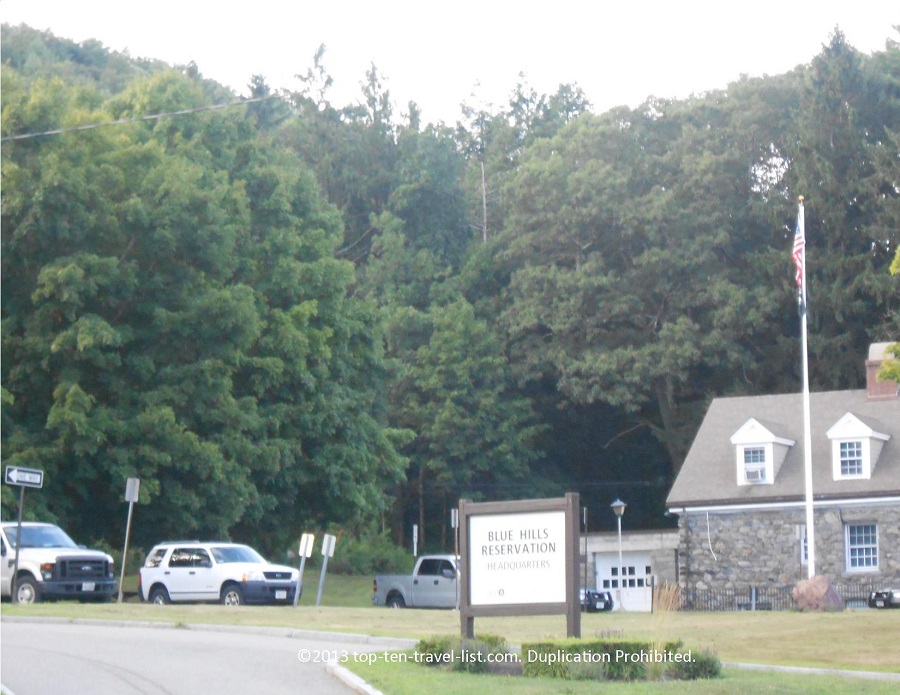

It was taken by the Metropolitan Park Commission in the autumn of 1893, a few months after the passage of the law establishing that board with the authority to lay out public open spaces in the Metropolitan Parks District. 44, 1898 - HathiTrust 'The Blue Hills Reservation forms a public domain of 3.953 acres. A trash pickup day is set for May 12 and a trail maintenance day for May 21. From: The Blue Hills, Sylvester Baxter, Boston Park Guide, pg.

A “Weeding Wednesday” is scheduled for May 11. Scheduled Friends activities and events can be found on its event calendar. Scheduled activities include trail maintenance days and workshops on clearing out pipes and culverts, and making sure waterways are clear. Participants are asked to register for the event at /green-up and to e-mail questions to addition to pulling invasive plants, the Friends of Blue Hills also take part in maintaining the reservation’s many miles of walking trails. “My policy is folks should do what makes them the most comfortable,” he said. Williams said about 100 volunteers have taken part in the pull and festival in past years. Instead, volunteers are asked to park at Temple Beth David, located at 1060 Randolph St., in Canton, and take a pleasant three-quarters of a mile trail walk to the Ponkapoag cabins. Public parking is not available at the festival site. The entertainment part of Subday’s spring festival, Williams said, will include live music, a scavenger hunt, face-painting, and crafts. It’s the site of 20 rustic cabins owned by the Appalachian Mountain Club that are rented to campers during the summer. Ponkapoag Pond is described as a 203-acre “impoundment” - a body of water confined within an enclosure, such as a reservoir - located at some distance from the nearest road. “It keeps the forests and the hills a lot more healthy.” “Every time we’ve had this event It has made a difference in the Ponkapoag area,” Williams said. If not, the Friends will have some gloves available to use. Volunteers are asked to bring their own gardening gloves for pulling the plants, if they have them. Almost everything else in the reservation, Williams said, “is still brown.” Garlic mustard is easy to identify this time of year because it opens its leaves and flowers before almost all other species in the region’s woods. The goal is to locate and remove the plant in its first year to prevent the possibility that it will produce seed and continue spreading. The plant has a two-year life cycle, Williams said, producing highly recognizable white flowers in the second year. The reservation’s protectors have been fighting its spread for years. “You can make a pesto out of it” that some people find tasty, Williams said. The plant’s leaves do have a taste that explains its name. Garlic mustard produces young leaves at this time of year, the Friends said, that “smell distinctly of garlic or onion when crushed, although the odor becomes less intense as plants grow older.” The plant flourishes in what ecologists call “disturbed habitats” such as trails, roadsides, and places where trees have been recently removed.


 0 kommentar(er)
0 kommentar(er)
